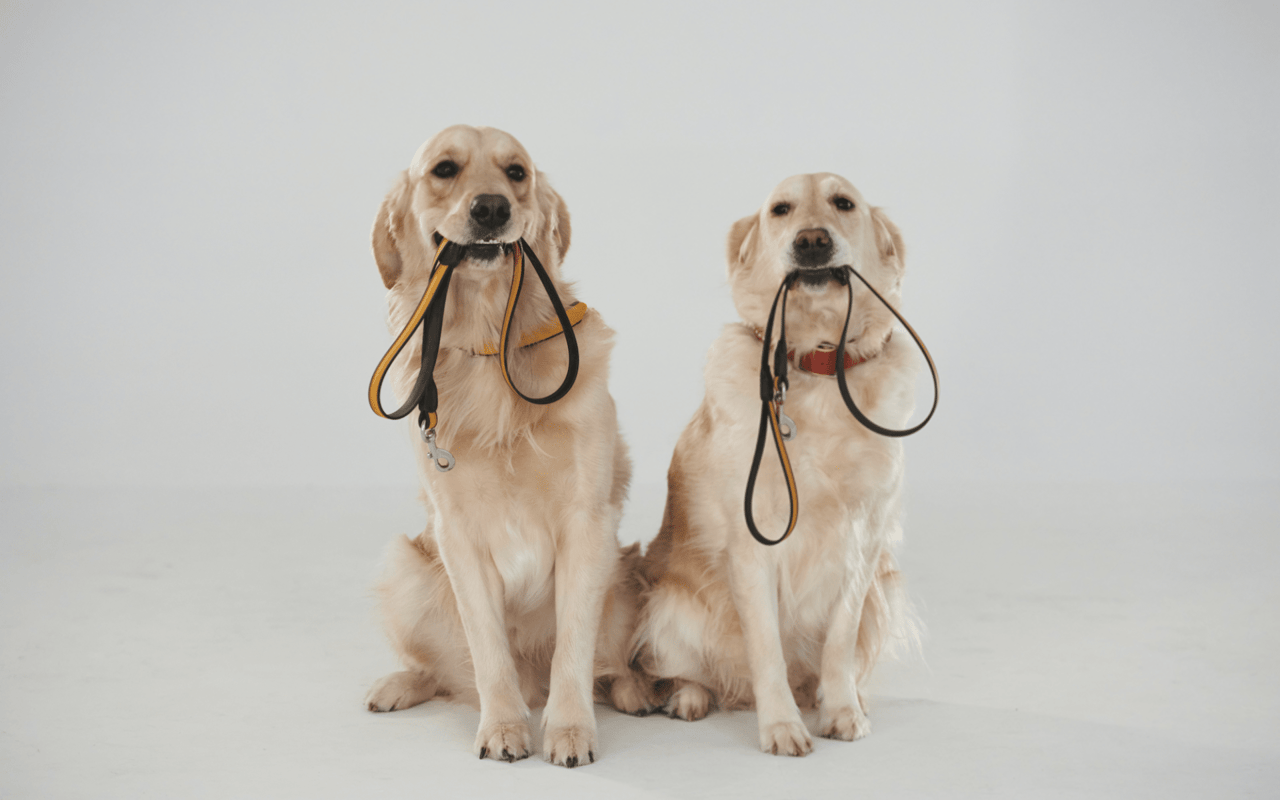Moving to a new home can be a stressful experience for everyone involved, and that includes your pets. Animals are creatures of habit, and a change in environment can be unsettling for them. From the hustle and bustle of packing to the strange new sights and smells of a different home, the moving process can be overwhelming for pets if not handled with care. However, with thoughtful preparation and a few practical strategies, you can make the transition smoother for your furry friends. In this guide, we’ll explore essential tips for moving with pets, helping you ensure they remain safe, comfortable, and stress-free throughout the process.
Plan Ahead for a Pet-Friendly Move
Additionally, if your pet has any medical conditions or special requirements, consult your veterinarian well in advance. They can provide advice on how to manage your pet’s health during the move, including whether any medications or sedatives might be necessary for a long journey.
Maintain Your Pet’s Routine
When packing, it’s a good idea to leave your pet’s belongings—such as their bed, toys, and food dishes—unpacked until the last possible moment. These familiar items can provide comfort to your pet, helping to reassure them that their world isn’t changing too drastically.
Prepare an Overnight Kit for Your Pet
Having an overnight kit on hand ensures that you have everything you need to care for your pet during the first days at your new home, before you’ve had a chance to unpack and get settled. It also helps to keep your pet’s routine as consistent as possible, which can reduce their stress during the transition.
Keep Your Pet Safe on Moving Day
If your pet will be staying with you during the move, make sure they are confined to a safe area away from the main activity. This can prevent them from becoming overwhelmed or, worse, escaping in the midst of the commotion. For cats and smaller pets, a crate or carrier can provide a safe and comfortable space. Be sure to check on them regularly and provide food, water, and comfort breaks.
Ensure a Smooth Transition in the Car
During the journey, make frequent stops to allow your pet to stretch their legs, use the bathroom, and drink water. Never leave your pet alone in the car, especially in extreme temperatures, as this can be dangerous. For pets that are prone to car sickness or anxiety, your veterinarian may recommend specific strategies or medications to help them stay calm and comfortable during the drive.
Introduce Your Pet to the New Home Gradually
Once your pet seems comfortable in this room, you can slowly allow them to explore the rest of the house. Be patient during this process—some pets may take longer than others to feel at ease in a new environment. Providing plenty of positive reinforcement, such as treats and praise, can help your pet associate their new home with positive experiences.
Update Your Pet’s Information
It’s also a good idea to research local veterinarians in your new area and register your pet as soon as possible. This way, you’ll be prepared in case of any health issues or emergencies that may arise after the move.
Reestablish Routines in the New Home
If your new home has a yard or outdoor space, take extra precautions during the first few weeks to ensure it is secure and free of hazards. Some pets may attempt to escape or wander off in search of familiar territory, so it’s important to supervise them closely during this adjustment period.
Moving with pets requires careful planning and consideration, but with the right approach, you can minimize stress and ensure a smooth transition for your furry friends. By maintaining routines, creating a safe environment, and introducing your pet to their new home gradually, you can help them adjust to the changes with confidence. Remember to be patient and attentive to your pet’s needs throughout the process, and soon enough, they’ll be happily settled into their new surroundings, ready to create new memories with you in your new home.
Pet Friendly Hotels We Recommend
2525 Highlander Pl, Iowa City
319-354-2000
Graduate by Hilton Iowa City
210 S Dubuque St, Iowa City
319-337-4058
Hilton Garden Inn Iowa City Downtown University
328 S Clinton St, Iowa City
319-248-6100
About Jill Armstrong
Contact Jill today to achieve your real estate goals.





